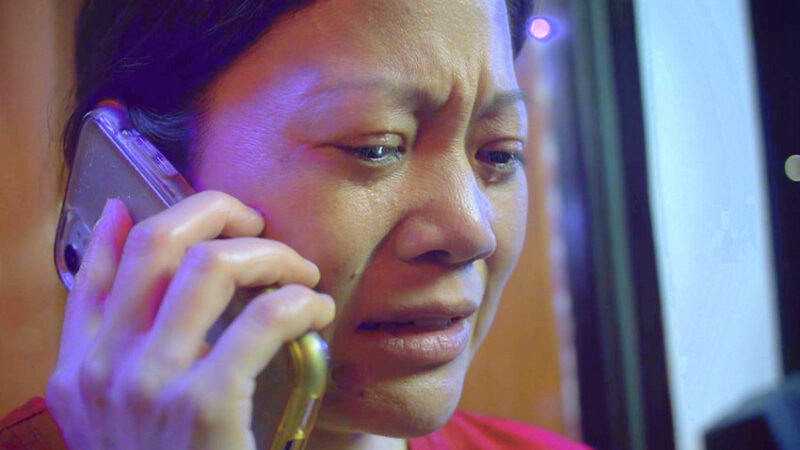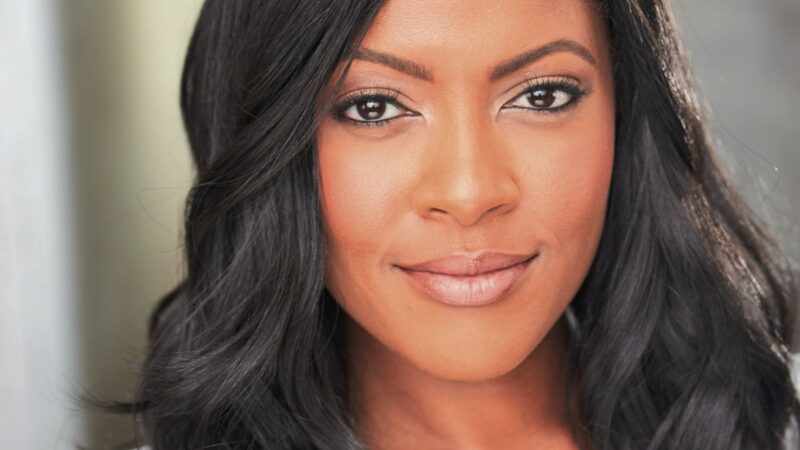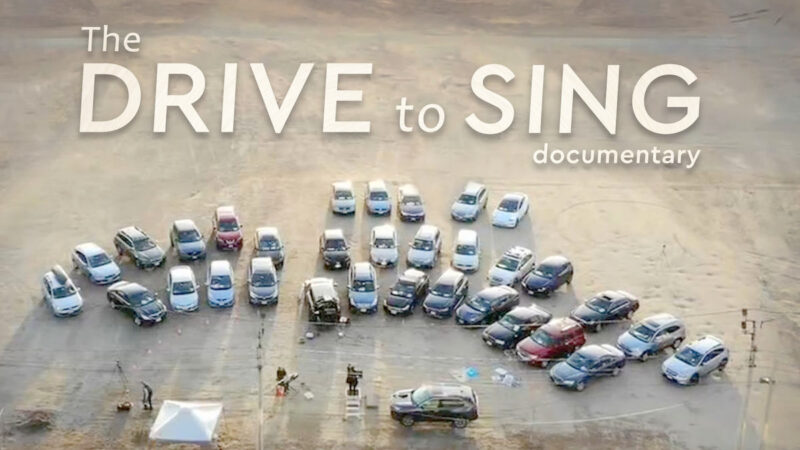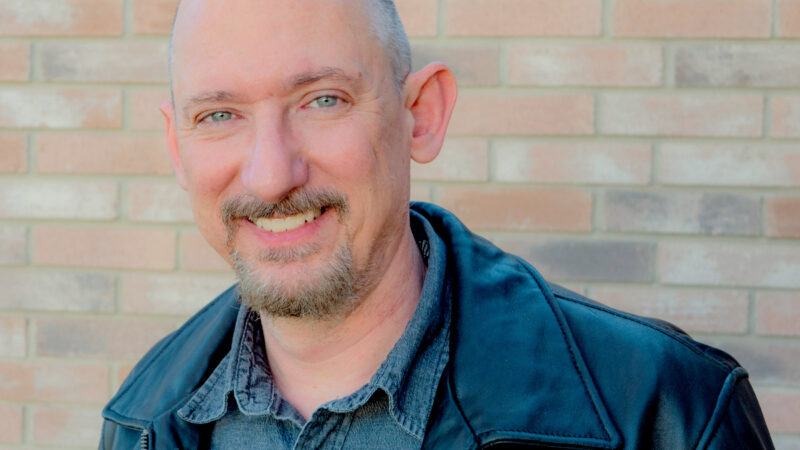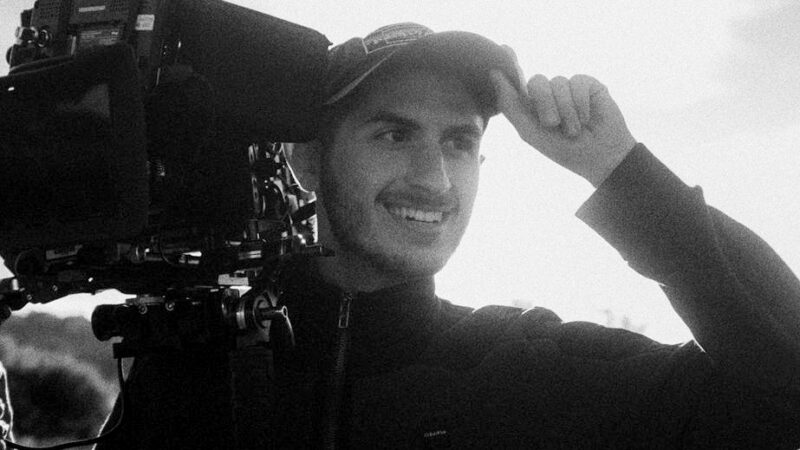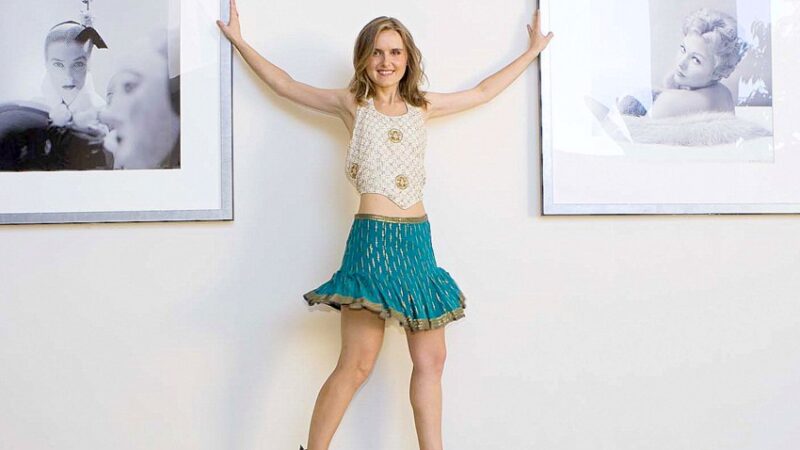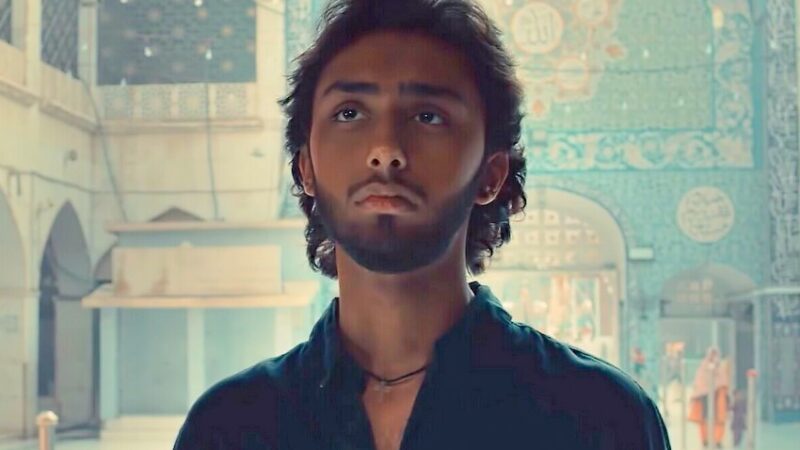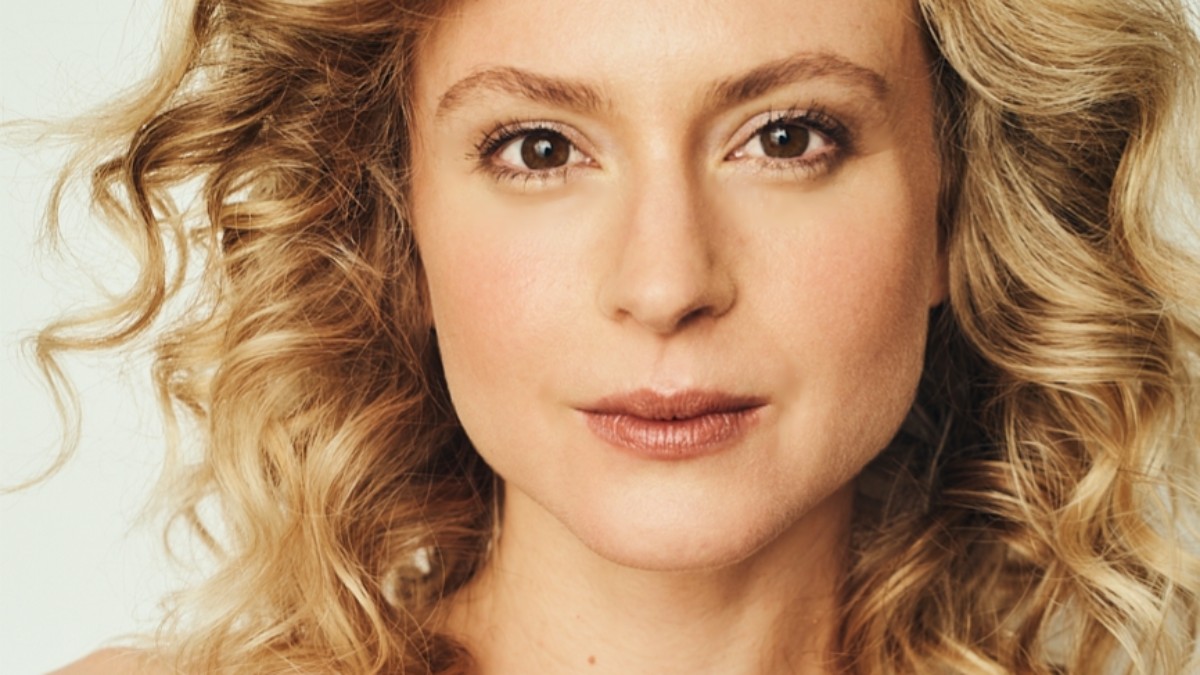
An Industry Case Study
Narrative | Dramatic Features
Film Name: A Little House In Aberdeen
Genre: Drama
Length of film: 06:54
Date: 7/11/22
Director: Emily Goss
Producer: Emily Goss, Shayan Ebrahim, Ashley Arnold
Executive & Creative Producer: N/A
Writer: Emily Goss
Cinematographer: David Y. Chung
Editor: Shayan Ebrahim
Composer: N/A
Production Company: N/A
Budget: $10,000
Financing: Contributions through a Fiscal Sponsorship with Film Independent
Shooting Format: 3.2K ARRIRAW
Screening Format: 2.39:1
World Premiere: Cinequest Film & VR Festival
Awards: N/A
Website: https://www.filmindependent.org/programs/fiscal-sponsorship/a-little-house-in-aberdeen/
The Official Trailer for A Little House in Aberdeen
Watch The Trailer for A Little House in Aberdeen directed by Emily Goss
A Short Biography of Emily Goss
Emily received her BA in Theatre from the USC School of Dramatic Art and MA in Classical Acting from the London Academy of Music and Dramatic Art (LAMDA). Her feature film credits include Shook, Jane and Emma, Season of Love, The House on Pine Street (for which she won 3 Best Actress awards), and Snapshots (for which she won 4 Best Actress awards). Her television credits include guest stars on Criminal Minds, L.A.’s Finest, Castle, and Future Man. She has also performed with prominent theatre companies across Southern California and is a proud member of Anteaus Theatre Company. She is currently producing a psychological thriller feature with a social justice message. Emily loves every aspect of filmmaking and believes in film’s power to effect social change. A Little House In Aberdeen is her debut as a producer, director, and writer.
The Emily Goss Interview
indieactivity: What is your film about?
Emily Goss (FL): A Little House In Aberdeen is about the luck and circumstances that have built our lives. All of our lives. It’s about how everything could have been different. For all of us. It examines these ideas during 7 minutes of a woman’s life. The 7 minutes during which she happens to be having an abortion. My goal with the film is to normalize abortion and humanize the people who have them. I hope audiences identify with this character and realize that the things we think separate us are all constructed.
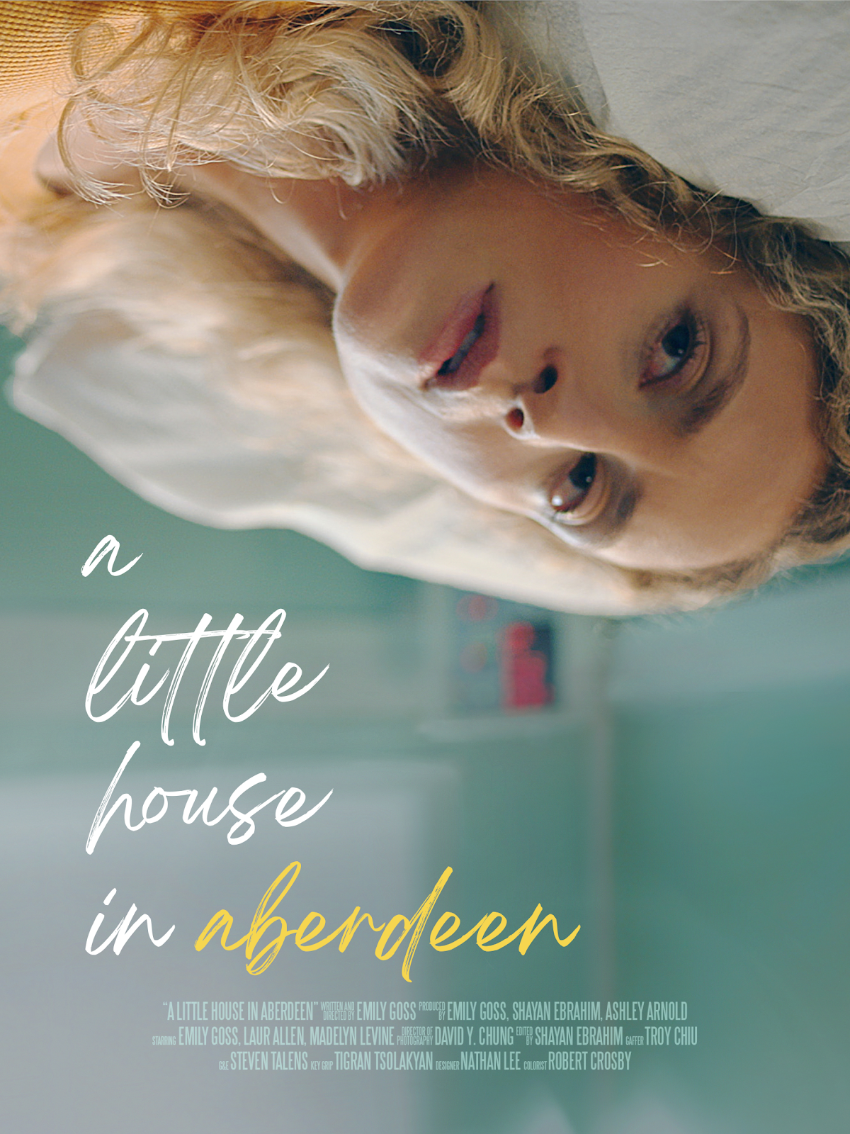
Tell us about the festival run, marketing, and sales?
Emily Goss (FL): It has been so special to screen A Little House In Aberdeen at film festivals across the country. Those fests include Cinequest, Dances With Films, Ashland Independent Film Festival, Minneapolis St. Paul International Film Festival, Fargo Film Festival, and the Female Eye Film Festival in Toronto. I have had films in a few of these festivals as an actor, so it’s extra meaningful to now return to them as a writer/director. Aberdeen is now available to watch on Film Shortage’s YouTube channel.
Give the full Official Synopsis for your film?
Emily Goss (FL): A woman reflects on her past and wonders about her future – while she happens to be having an abortion. This is a story about the person apart from the procedure as seen during her abortion casually, vulnerably, and in real-time. Like many of the people who have abortions, Britney’s life does not revolve around this event. Rather, she attempts to banter cheerfully with her provider about her mom, her gone dreams, and a boy she once knew – who’s probably living in a little house in Aberdeen, South Dakota right about now.
A typical in-clinic abortion takes 5-10 minutes, so A Little House In Aberdeen is just under 7 minutes, and was shot in a single, uninterrupted take. I hope we also demystify abortion: abortions are incredibly safe, routine medical procedures. You can chat to your doctor, you can wear your street clothes, you can drive yourself home after. Sometimes an abortion is not a big deal.
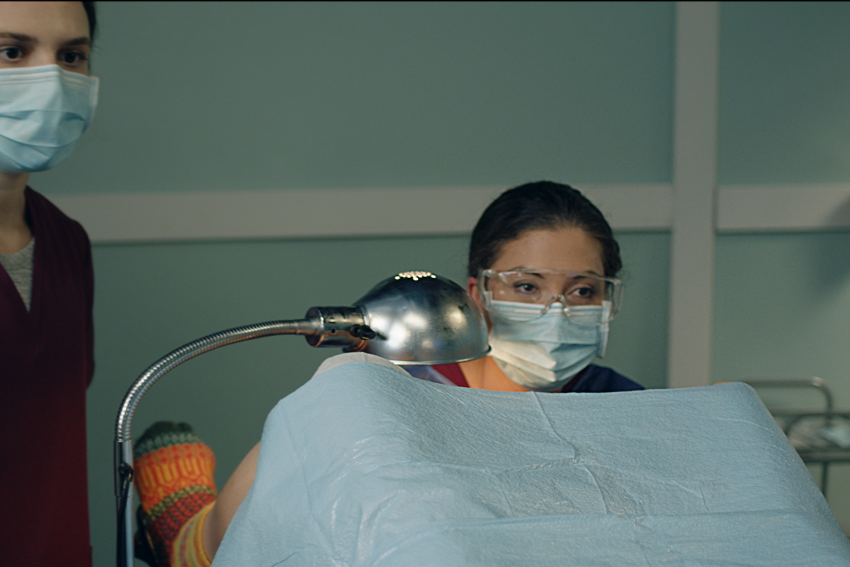
Development & Financing?
Emily Goss (FL): The film is based off a one-minute monologue that I wrote for a challenge held by casting director Erica Bream in the spring of 2020. I was reading Jodi Picoult’s novel A Spark Of Light at the time (highly recommend) and decided to write a piece about abortion. 1 in 4 women will have an abortion in addition to the trans and nonbinary people who will have them, but that is so not the reality we see in film and TV. And sometimes, an abortion is not a big deal. That is also something we don’t see very often. I wanted to tell an abortion story that was a matter of fact. The drama of this piece does not come from the abortion. We don’t discuss how she got pregnant or why she made this choice. Because those things don’t matter. My monologue ended up as one of 40 finalists out of 8,000 entries.
A year later, in the spring of 2021. I was pretty crushed by the pandemic – emotionally, and creatively. But I had this piece in the back of my mind. I could make this film without anyone else’s green light. As far as Covid projects go, this one is pretty great: one-day shoot, small crew, small cast, and two of them are wearing masks the whole time.
To raise the money, I sought out a fiscal sponsor. In May of 2021, I was accepted into Film Independent’s Fiscal Sponsorship Program. The fiscal sponsor was the right choice for me and I’m honored to have Film Independent’s name in my credits. The best thing about this fiscal sponsorship was that there was no time limit to raise funds like you have with a Kickstarter. I was able to secure contributions through friends and from people who have come to know my work over the years. It was really moving to see how many people supported this story.
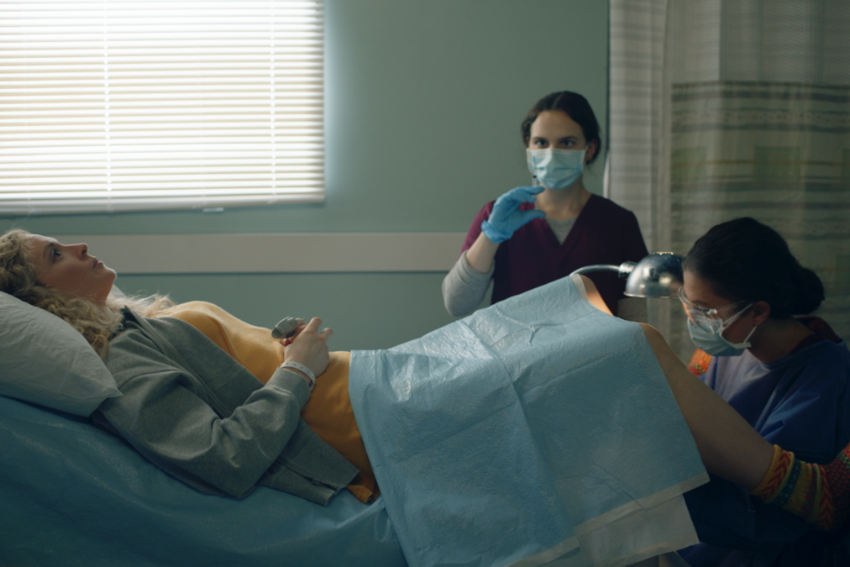
Production?
Emily Goss (FL): So I wrote the monologue in 2020 and adapted it into this script in March/April of 2021. I think I heard back from Film Independent in early May. Then I started reaching out to some trusted friends about coming on board. I was also scouting some locations around Los Angeles.my intention was to create a procedure room that felt professional and positive. I filed our SAG-AFTRA paperwork (Short Project Agreement)…it was all coming together from different directions.
It was hard to gather a team initially – in the summer of 2021 everyone was shooting something. But Shayan Ebrahim (Producer/Editor) was there from the start. David Y. Chung (DP), Nathan Lee (Sound), and Russell Thomas (First AC), are all people I love and have worked with before. After they came on board we locked down a shoot date in early July 2021. Laur Allen, the actor who plays the provider, is my good friend and self-tape buddy. I found our other actor, Madelyn Levine through the USC alumni network. Shayan and David were able to help me find the rest of the crew. There were 8 members of the crew including myself and 3 cast members (including myself).
I also spoke with two abortion providers from Planned Parenthood and a representative from Whole Woman’s Health leading up to the shoot. These amazing people gave me the details I needed to secure the correct props and costumes and make sure our film was as accurate as possible. Laur’s lines are taken directly from a conversation I had with a provider.
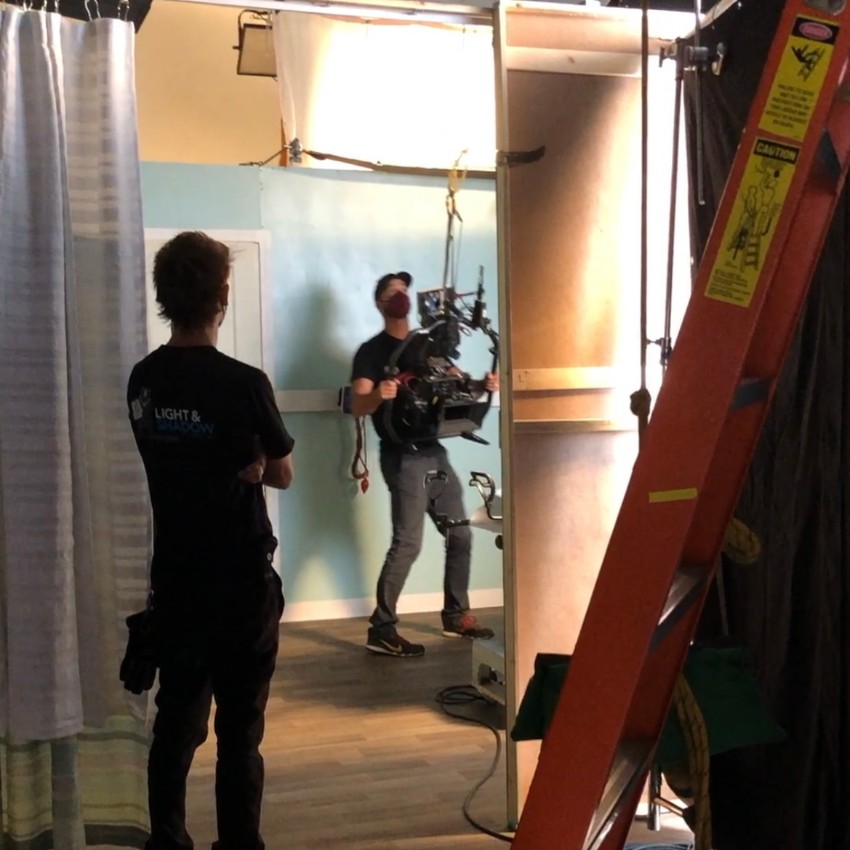
But all the while, David and Russell were working on a show in rural Pennsylvania. They were only coming back to LA two days before our shoot – so we were not going to get to rehearse beforehand. I storyboarded the entire film sentence by sentence. This was actually one of my favorite parts of the process. Storyboarding was all new to me. It was the time when I felt most like a director, looking back. Because almost every other time I was wearing so many other hats. I directed the film with the storyboard. David and I had a Zoom meeting 4th of July weekend to go through my storyboards. One of the many things I love about David as a DP is his emphasis on “story”. Clarifying my intentions for him helped me clarify them for myself. And his love for “film” made me appreciate the medium even more. What does film give us? – Not theatre, not any other type of storytelling. And how do we use those unique powers to best tell this story? I think we did that.
It’s a single-shot film in which the three characters are more or less stationary the entire time, so the cinematography has to be engaging. But the oner also serves other important purposes. Of course, I love that the audience cannot look away. I think that builds tension and somehow intimacy too. The audience is forced to bear witness to this person. Which is awkward, and uncomfortable. And beautiful. It’s very special to hold space. But I also hope we demystify abortion with the oner. There is no room for confusion! No timelapse, no sleight of hand. Abortions are this routine and safe. Most of them take less than 7 minutes.
Russ had the brilliant idea of creating the pulley system to achieve the fluid camera movements and get all the angles we wanted. The camera was caribiner’ed to a rope secured to the lighting grid and weighed down by a sandbag on the other end, outside the procedure room set. In addition to coordinating our in-camera lighting change (you can see the sun come out at the end of the film), swing Steven Talens was on Sandbag Duty. The camera was supported by Shayan and our gaffer Troy Chiu, who worked together to guide it around the room during the take. Russ was pulling focus. David was operating the gimbal. Laur, Maddie, and I were able to rehearse while this was being set up. Since we were not going to have much time to shoot we had to be ready.
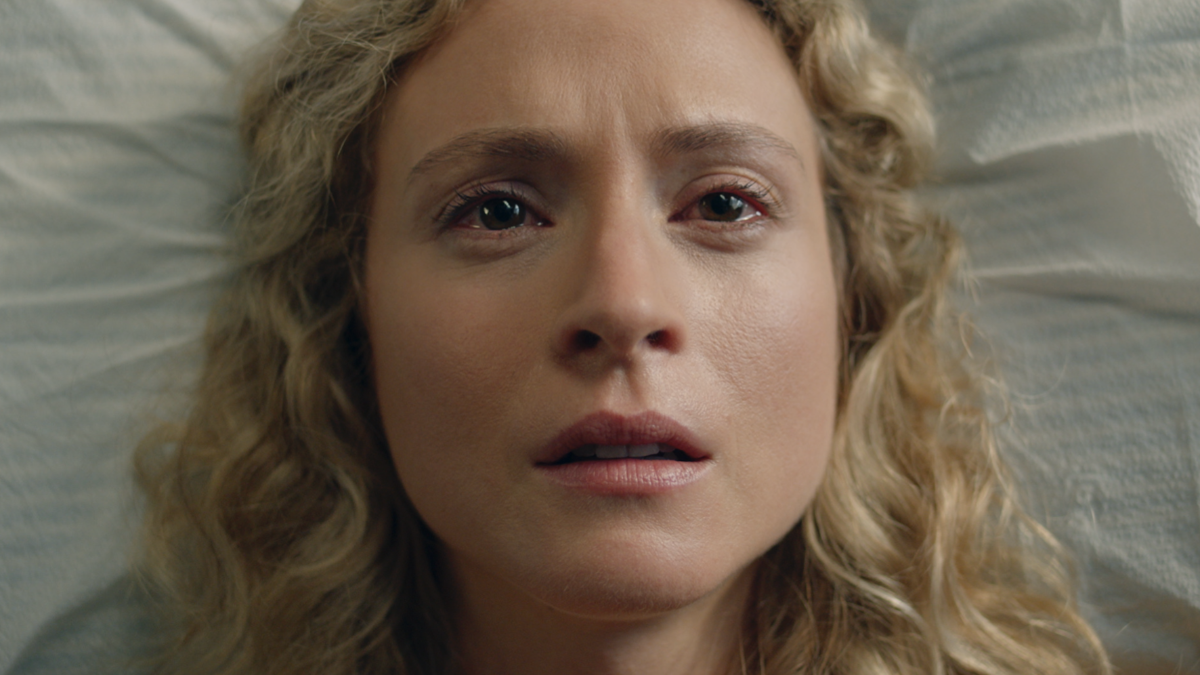
After Shayan and Troy got the blocking, I hopped onto the table and we started shooting. I only had time to watch the first take. We did the scene – the film – four more times so we had 5 takes total. Then we had to call it and start packing up. But we knew we had the film in there. It was hectic but also I realized I’ve always thought like a producer and director. It was my first time writing, directing, producing – and doing all of those things while acting – but I felt like I’d been preparing for this for the past 10 years. The process didn’t start feeling foreign until we got into “post. That was something I’d never experienced.
After a week or so to decompress and separate from the material, Shayan and I got together to watch the takes. We ended up choosing the 5th take. You might not think a lot of editing goes into a single-shot film, but Shayan added so much with stabilization and digital pushes at key moments. Nathan and I worked together to create the sparse soundscape. I wanted it to sound like we were in the room, not like a movie. I had asked the Planned Parenthood and Whole Woman’s Health reps what you would hear in a procedure room. And our colorist Robert Crosby did an incredible job. The film was completed in early August of 2021.
Festival Preparation & Strategy?
FL: I’ve been to a lot of film festivals as an actor, and I actually didn’t apply to very many with Aberdeen. My goal was always to get the film out into the world quickly. I wanted to start meaningful conversations about abortion with as many people as possible. We focused on reputable festivals that champion their filmmakers. I had the time of my life at Dances With Films in June. I met fantastic people and saw so many great films. And I’m looking forward to Cinequest in August!
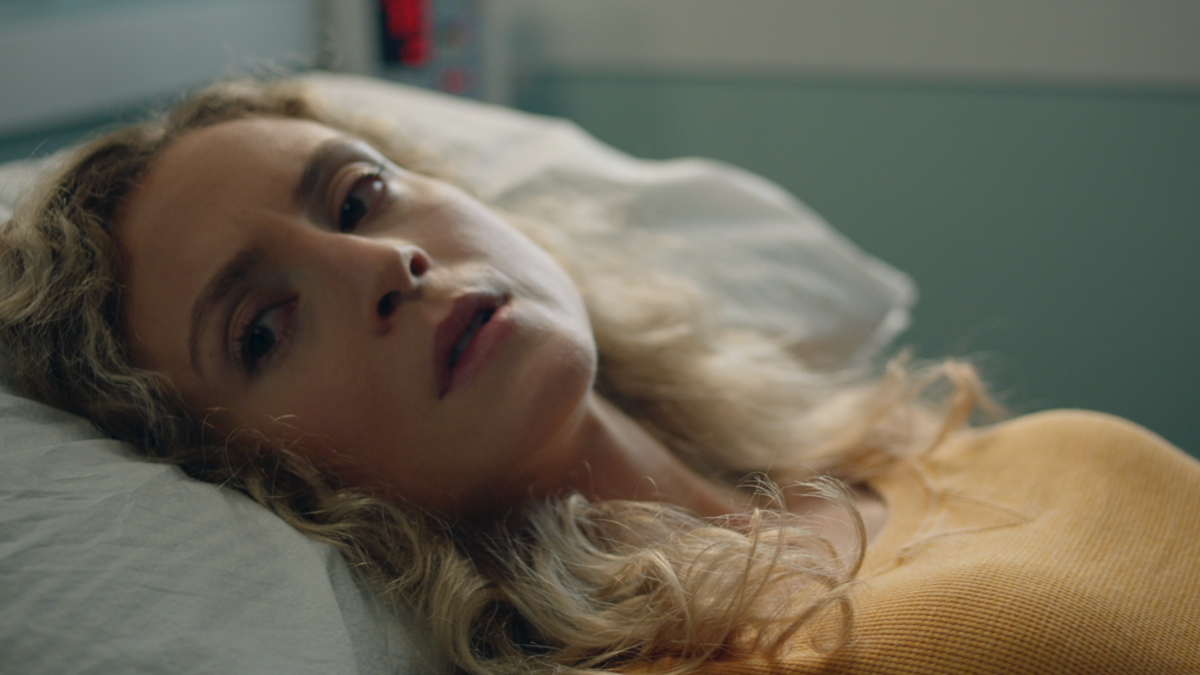
I was my own publicist. I contacted each festival and asked them for their media lists. Using those lists, I sent out press releases and tried to hustle up some interviews. One of those interviews was on Jefferson Public Radio before my screening at Ashland. I was still nervous about the film’s radically casual approach to abortion. I felt like it was needed, but so many different abortion stories are needed. This is not what people expect from an abortion film. But during that interview a woman called in, saying she had had an abortion, that it wasn’t a big deal or a hard decision, and that she had never felt anything but relief afterward. I’m extremely grateful for her and that early validation. I’m honored she chose to share her story on air with us.
The Release?
FL: After the decision in Dobbs v. Jackson Women’s Health Organization came down on June 24, I contacted Film Shortage. They immediately responded to my submission and we released Aberdeen on their new YouTube channel on Thursday, June 30. I am also one of A Is For’s Collaborating Artists. A Is For is a nonprofit dedicated to advancing reproductive rights and ending the stigma against abortion care. I hope this film can be part of the broader conversation about abortion. A Little House In Aberdeen now shows what millions of people have lost: access to safe and necessary medical procedures, and the right to determine their own lives.
Advice from the Filmmaker?
FL: I learned how to ask for help. In the past year, I asked for money, referrals, and people’s time and effort. I asked questions that I didn’t even have the words for (definitely during the color session). Asking for help can be uncomfortable, but as filmmakers – as artists – we have to get comfortable with this discomfort. We cannot do what we do alone
Tell us what you think of the Case Study for A Little House in Aberdeen What do you think of it? Let’s have your comments below and/or on Facebook. Or join me on Twitter.
Follow Emily Goss on Social Media
Website
IMDb
Facebook
Twitter
Instagram
MORE STORIES FOR YOU

